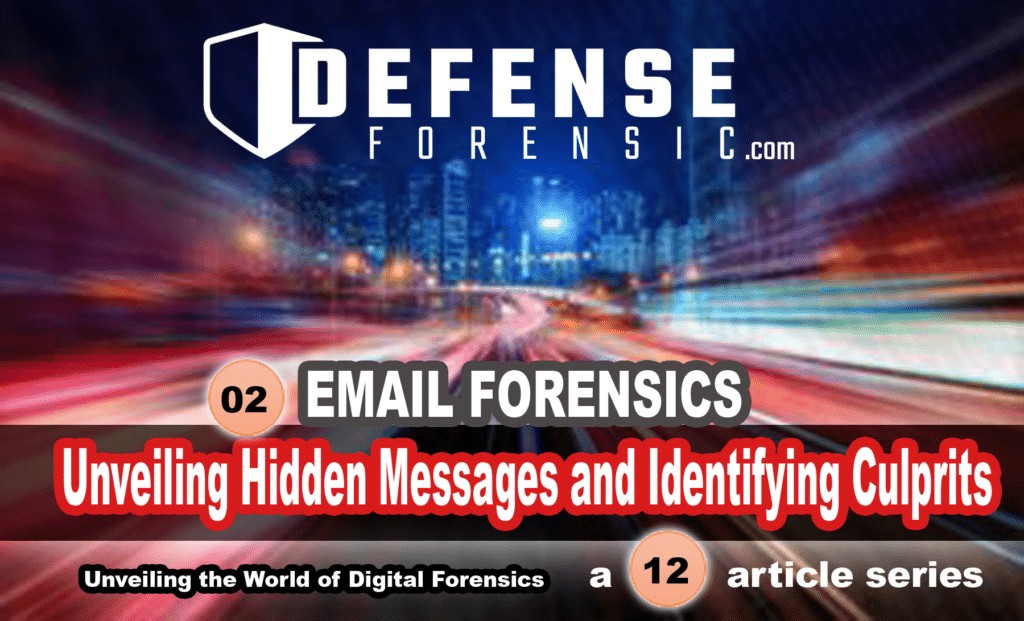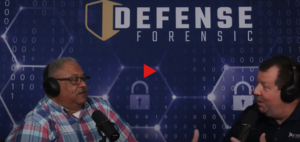In the world of digital communication, email has become an essential tool for sending messages and sharing information. However, just like postal mail, email has become a means for deception and in many cases, a mechanism for malicious intent. That’s where email forensics comes into play. Email forensics is the process of investigating emails to uncover hidden messages, identify culprits, and gather evidence for legal purposes. In this article, we will explore the fascinating world of email investigations, deciphering email headers, attachments, and contents to reveal concealed information.
Deciphering Email Headers
When you send an email, it contains more than just the message you write. It also carries valuable information in its headers. Email headers are like the envelopes of the digital world. They contain details about the sender, recipient, subject, date, and other technical information. Email forensics experts analyze these headers to gather vital clues.
For example, let’s say someone receives a threatening email. By examining the headers, investigators can trace the email’s origin, identify the sender’s IP address, and determine if the email was sent through an anonymous server. This information helps in locating the culprit or understanding the email’s authenticity.
Decoding Attachments
Attachments can play a crucial role in email investigations. An attachment is a file that is sent along with an email, such as a document, photo, or video. Investigators carefully examine attachments to gather evidence or uncover hidden messages.
For instance, imagine a case where someone receives an email claiming to contain an important document. However, upon opening the attachment, a hidden message is revealed, revealing the sender’s true intentions. Email forensics specialists use advanced techniques to detect such hidden messages, which could be encoded within images or embedded within the file’s metadata.
Revealing Contents
The content of an email, including the text written by the sender, is another essential aspect that forensic investigators scrutinize. By analyzing the email’s language, grammar, and style, experts can identify patterns that may link the message to a specific individual or group.
Consider a case where someone receives a fraudulent email asking for personal information. Experts can examine the language used, such as grammar mistakes or unusual vocabulary choices, which can indicate that the email is a scam. They can also analyze the email’s content to identify keywords or phrases that match known patterns of fraudulent behavior.
Real-Life Examples
1. The “Nigerian Prince” Scam:
One of the most well-known email scams involves a person claiming to be a wealthy Nigerian prince in need of financial assistance. Forensic investigators have identified numerous cases where unsuspecting individuals have fallen victim to this scam. By analyzing the email headers, content, and tracking the money trail, investigators have been able to identify and apprehend some of the culprits behind this widespread scam.
2. Corporate Espionage:
In a high-profile corporate espionage case, a company’s confidential information was leaked through anonymous emails sent to competitors. Forensic experts examined the email headers, traced the IP addresses, and scrutinized the attachments and content to uncover the source of the leak. This investigation ultimately led to the identification and legal action against the individuals involved.
Conclusion
Email forensics is an important field that helps uncover hidden messages, identify culprits, and protect individuals and organizations from cyber threats. By deciphering email headers, attachments, and contents, forensic investigators can gather valuable evidence for legal proceedings. While these concepts may seem complex, understanding the basics of email forensics can empower individuals to recognize suspicious emails and stay safe in the digital world.
Sources:
– The Guardian: https://www.theguardian.com/technology/2019/sep/10/nigerian-prince-email-scammer-10m-swindle
– Digital Forensics Magazine: https://www.digitalforensicsmagazine.com/blogs/category/email-forensics





